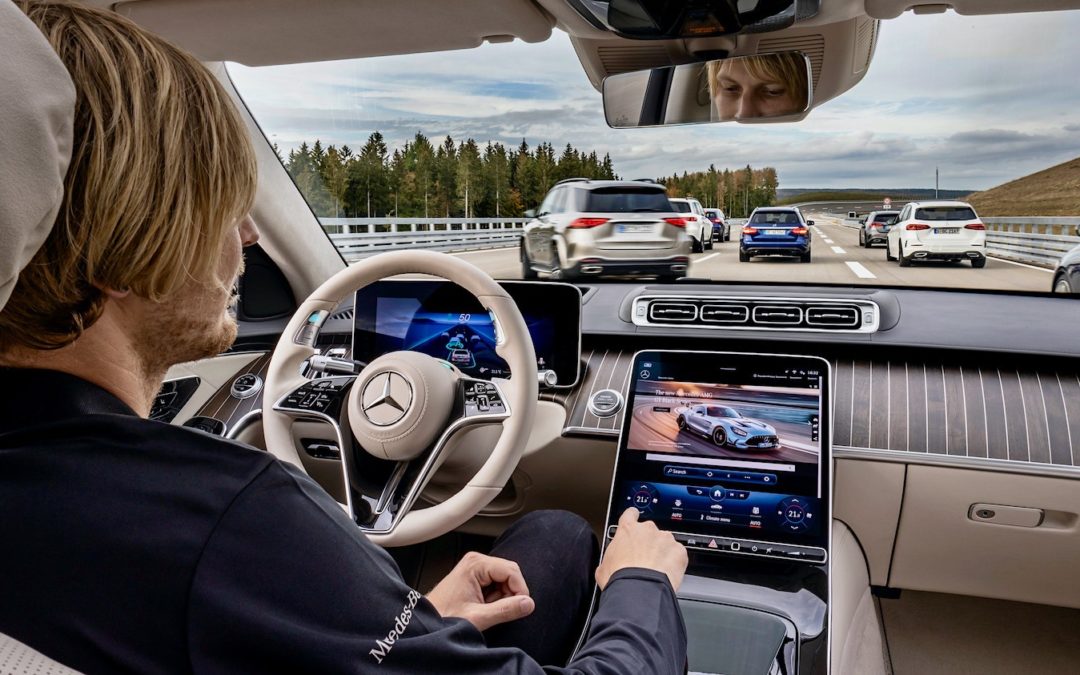Last month, Daimler Benz announced that it had received authorisation from the federal traffic office to equip its car with level-three automation, effectively hands-free driving. The first appearance of this will be on the new S Class Mercedes due for launch during the spring. The S Class will of course be the official transport for Germany’s new chancellor Olaf Scholz and certain political commentators are speculating that this Mercedes automat will be the obvious choice for the man they already call the Scholzomat because of his calm and robotic unflappability.
Daimler is one of the few car makers to be granted the green light for level-three. Honda obtained it for Japan where its Legend so-fitted had a very short career in 2020. By contrast, Tesla which is never bashful about the amount of automation in its cars has only level-two authority which means that driver has to stay alert and be ready to control the car at all times; level-three at least allows him to take his eyes of the road and do the cross word for example while remaining in the driver’s seat, but he has to take over completely above 60kph. Despite their earlier predictions, no other manufacturer appears ready for level-three – Google, which has been looking into self-driving cars since 2009 has got no further than a fleet of semi-automatic taxis in Phoenix. Stellantis talks vaguely about ‘entering the market in 2025.’ So while level-three may sound at best a limited advance, it is important for the venerable Daimler to be able show those Californian upstarts who is the boss.
In reality it will be decades, the early 2030s at the earliest estimates analyst Accenture, before you can climb into a car and snooze on the backseat instead of sitting in a state of semi-alertness at the wheel. It does appear that chancellor Scholz’s chauffeur will be keeping his job for a few years yet.
As a youngster he used to send race reports on Mallory Park meetings to the Derby Evening Telegraph which unaccountably always failed to print them. For thirty years he produced reports and analysis for other people before turning to motoring journalism and writing about matters rather closer to heart. An old 911, acquired when they were still affordable opened the world of Porsche and today he writes on historical subjects for several Porsche magazines in Europe and the US. He is also the UK correspondent for the classic car weekly, La Vie de l'Auto and keeps a foot in the modern world with a column in Trucking, a transport magazine, and as motoring correspondent for the Irish Police Journal.

